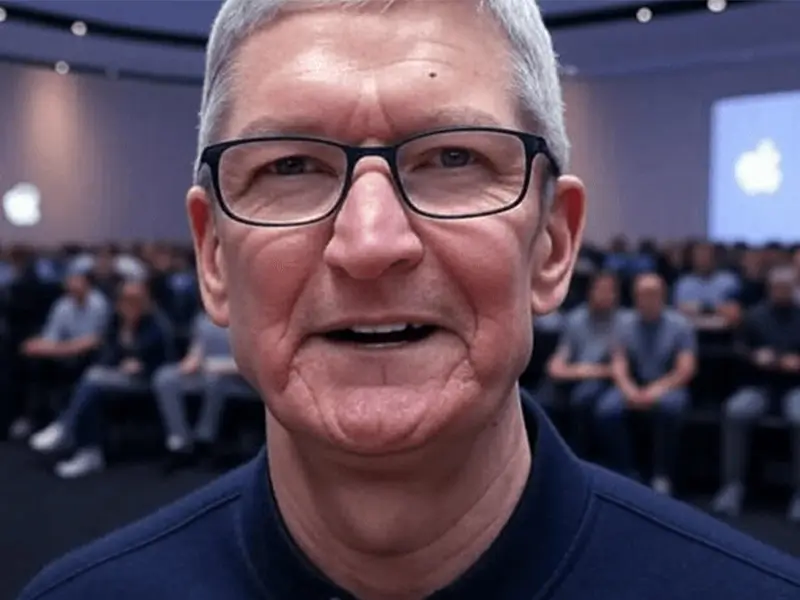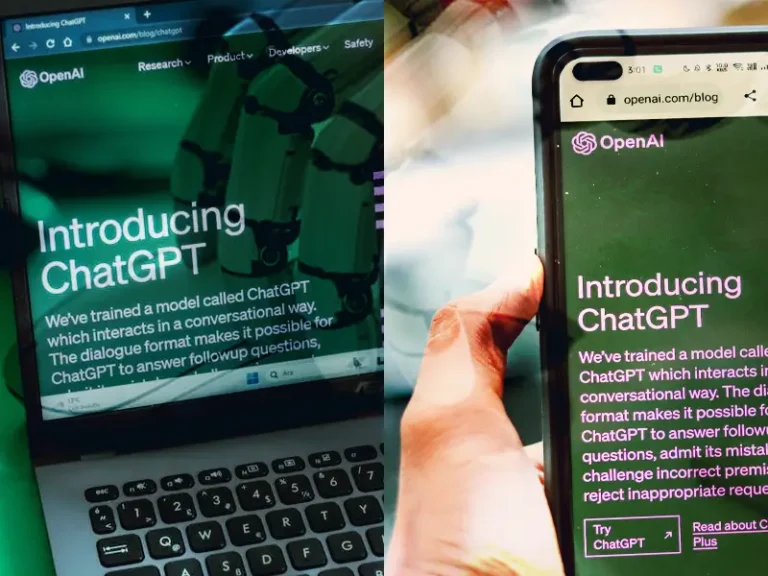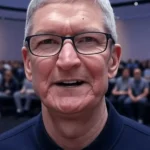We all know who Tim Cook is.
He’s the man running Apple, a trillion dollar empire.
But here’s the twist: Most people have no clue that he’s the reason Apple survived at all. That he’s the reason you can even afford an iPhone.
Yeah, Tim Cook saved dying Apple, and most of us don’t talk about it enough.
This is the story of how a quiet, disciplined kid from Alabama became the CEO of Apple… and helped change the entire tech world.
As Jobs once said:
“You can’t connect the dots looking forward. You can only connect them looking backwards.”
Let’s do just that.
Chapter 1: Humble Beginnings
Tim Cook was born in Robertsdale, Alabama. A small town, a modest family. His father worked in a shipyard. His mother was a pharmacy worker.
Money was tight. College? That seemed like a far-fetched dream.
But Tim was different. At age 12, he took a newspaper delivery job, waking up at dawn every day to deliver papers before school. Like Young Sheldon, but in real life and with grit. Later, he even worked part-time in a pharmacy, following in his mother’s footsteps.
Discipline became his default setting.
And his business sense showed early. In high school, he managed the yearbook committee. To boost sales, he coined a slogan: “Have you got yours?
He printed it on T-shirts and got the whole team to wear them. The result? Record-breaking yearbook sales. That was Cook’s first taste of branding and operations, years before he ever set foot in a boardroom.
Chapter 2: The Climb Begins
Despite the odds, Tim saved up enough from his part-time jobs including that paper route to pay for college. He enrolled at Auburn University and studied industrial engineering.
Most students avoided programming back then. It was complex and unfriendly.
Cook leaned into it.
He also got a job at an aluminum factory while studying. That year, a wave of layoffs hit the company, so Tim, a student intern, found himself working directly under the CEO.
By pure chance, he got a front-row view of how corporate leadership works.
Later, he earned an MBA from Duke while working full-time.
Chapter 3: Forged in the Furnace
Tim joined IBM after college. His job? Pipeline management, ensuring production parts arrived just in time. Instead of stocking massive inventory (which cost money), he introduced a lean system that cut costs significantly.
His methods were so effective that IBM promoted him and sent him for in-house management training.
He stayed there 12 years.
Quiet. Focused. Relentless.
Funny how life works. IBM was Apple’s biggest competitor at the time. And inside its ranks, the future CEO of Apple was quietly being forged.
After IBM, he joined Intelligent Electronics, and later, helped it get acquired by GE. By the late ’90s, Tim Cook was battle-tested, a disciplined operator with a knack for logistics and strategy.
Just what Steve Jobs needed.
Chapter 4: Enter Jobs
By 1997, Apple was in free fall. The company had lost its identity. Stock prices were down. Morale was worse.
Steve Jobs had just returned to Apple. He needed someone who could fix Apple’s broken supply chain, someone who could turn chaos into order.
Tim Cook’s name came up.
In 1998, Jobs invited him to Apple. Everyone warned Tim not to take the job. Jobs had a reputation for being harsh, volatile, even cruel. Apple looked like a sinking ship.
But Cook was curious.
And Jobs was persuasive.
He joined.
Chapter 5: Apple’s Silent Saviour
Tim’s first assignment: Help launch the new Macintosh.
Not in six months. Not “someday.” Now.
He delivered.
The Mac launched on time. The pipeline was optimized. And for the first time in years, Apple’s logistics made sense.
But that was just the beginning.
Cook saw that Apple’s U.S.-based manufacturing model was inefficient. So he moved production to China, reducing costs dramatically. Without that shift, iPhones and iPods might’ve been luxury items only the rich could afford.
Then came a legendary move.
Apple was about to launch the iPhone. Jobs wanted flash memory instead of hard drives, but there were only a few global suppliers.
Cook realized: If this phone becomes a hit, competitors will also rush to buy flash memory. We’ll run out.
So he struck long-term deals with suppliers, committing Apple to massive purchases for five years.
It was a huge gamble.
If the iPhone failed, Apple would bleed money.
But the iPhone didn’t fail.
It became the device of the decade.
Thanks to Cook’s bet, Apple locked down the memory supply. Competitors were left scrambling.
That’s how Cook kept Apple ahead.
Chapter 6: The Transition
Steve Jobs was the artist.
Tim Cook was the architect.
Jobs trusted him completely. Enough to name him as successor when his health declined.
The world doubted. A quiet operations guy leading the most creative company on Earth?
But Cook didn’t argue. He executed.
Today, under his leadership, Apple became the first U.S. company to hit a $3 trillion valuation.
Conclusion: The Overlooked Genius
Tim Cook’s journey is one of silent excellence.
He didn’t invent the iPhone. But he made sure it got into your hand.
He didn’t crave attention. But he earned trust, Jobs’s, Apple’s, and eventually, the world’s.
Without Tim Cook, Apple might have died in the late ’90s. The iPhone might have been delayed or worse, never launched at all.
He is the unsung hero of modern tech.
And maybe it’s time we talk more about him.
Enjoy stories like this?
Bookmark Wiz Fact for more sharp stories from the world of innovation.
Got thoughts on Tim Cook? Drop them below. We’d love to hear from you.








